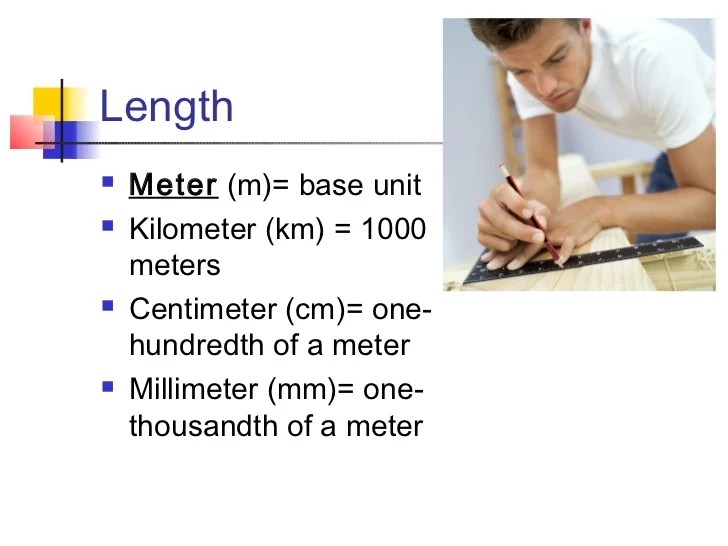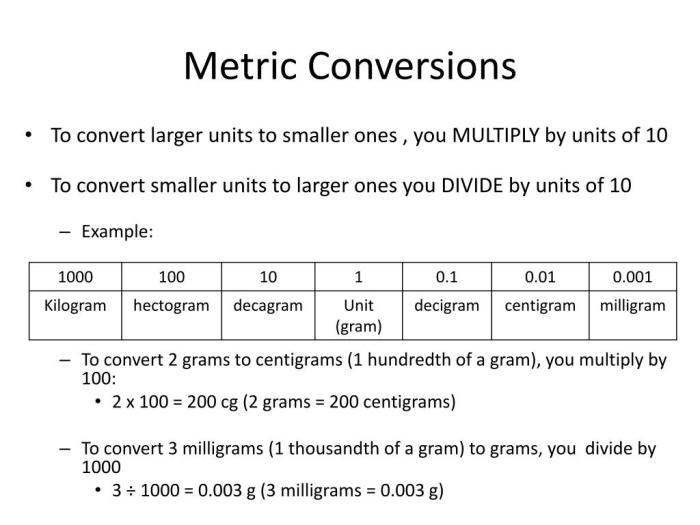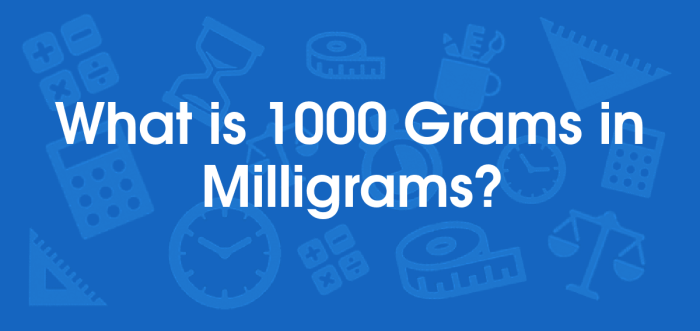One thousandth of a gram, a minuscule unit of mass, holds immense significance in the scientific and practical world. This exploration delves into the definition, measurement, and applications of this precise unit, revealing its profound impact on scientific advancements and everyday life.
From the intricate realm of scientific research to the tangible world of manufacturing and medicine, one thousandth of a gram serves as a cornerstone of accuracy and reliability. Join us as we uncover the fascinating story behind this seemingly insignificant yet indispensable measurement.
Definition and Conversion

One thousandth of a gram is a unit of mass equal to 0.001 grams. It is often abbreviated as “mg” for milligrams.
Here are some conversions between one thousandth of a gram and other units of mass:
Conversion Table
| Unit | Conversion to Milligrams |
|---|---|
| 1 gram | 1000 milligrams |
| 1 milligram | 1000 micrograms |
| 1 microgram | 1000 nanograms |
Measurement and Precision

Measuring “one thousandth of a gram” requires precise and accurate methods. Scientists and researchers employ various instruments to achieve this level of precision.
Precision and Accuracy
Precision refers to the consistency of measurements, while accuracy indicates their closeness to the true value. In measuring one thousandth of a gram, both precision and accuracy are crucial to ensure reliable results.
Instruments for Measurement
Several instruments are used to measure one thousandth of a gram, including:
Analytical Balance
A highly precise instrument used in laboratories, capable of measuring mass to the nearest 0.0001 grams.
Microbalance
Did you know that one thousandth of a gram is called a milligram? It’s a tiny unit of measurement, but it’s used in many different fields, from science to music. For example, in music, the d sharp minor bass clef is used to write notes that are one thousandth of a gram heavier than the notes in the treble clef.
So, if you’re ever wondering how to write a note that’s really, really light, just use the d sharp minor bass clef!
A specialized balance designed for measuring very small masses, down to the microgram level (one millionth of a gram).
Gravimetric Analyzer
An advanced instrument that measures mass by measuring the force exerted by gravity on a sample.
Applications in Science

Measurements at the scale of one thousandth of a gram play a crucial role in scientific research and analysis. These precise measurements enable scientists to study phenomena at a microscopic level, leading to advancements in fields such as chemistry, biology, and medicine.
Chemistry
- Analytical Chemistry:One thousandth of a gram measurements are used to determine the concentration of substances in chemical solutions. This is essential for studying chemical reactions, environmental monitoring, and drug development.
- Pharmaceutical Chemistry:Precise measurements of drug dosages are necessary to ensure the safety and efficacy of medications. One thousandth of a gram measurements help determine the optimal dosage for different individuals and treatment plans.
Biology
- Molecular Biology:Measurements at this scale are used to study the structure and function of proteins, DNA, and other biological molecules. This information is vital for understanding genetic disorders, developing new therapies, and advancing biotechnology.
- Microbiology:One thousandth of a gram measurements are used to quantify microbial growth, antibiotic susceptibility, and the presence of pathogens. This information is essential for infection control, public health, and the development of new antibiotics.
Medicine, One thousandth of a gram
- Clinical Diagnostics:Precise measurements of blood components, such as electrolytes and hormones, are used to diagnose and monitor various medical conditions. One thousandth of a gram measurements ensure accurate test results and timely interventions.
- Pharmacology:Measurements at this scale are used to determine the bioavailability, metabolism, and excretion of drugs in the body. This information helps optimize drug therapies and minimize adverse effects.
Practical Applications: One Thousandth Of A Gram

The precision of “one thousandth of a gram” finds practical applications in various industries, demanding accurate measurements for product quality and safety.
In pharmaceuticals, precise measurements at this scale ensure accurate drug dosage, reducing the risk of adverse effects and maximizing therapeutic benefits.
Cosmetics
- Precise measurements of ingredients ensure consistent product quality, color, and texture.
- Accurate weighing prevents contamination and ensures product safety for consumers.
Manufacturing
- Precise measurements in micro-machining and microelectronics ensure the accuracy and reliability of components.
- Accurate weighing of precious metals, such as gold and platinum, is crucial for determining their value and authenticity.
Historical Significance

The concept of measuring and quantifying matter at the level of one thousandth of a gram has a rich history that spans centuries. The development of precise instruments and techniques for weighing minute quantities has played a crucial role in the advancement of scientific research and technological innovations.
Precision Measurement Techniques
In the early days of chemistry and physics, scientists relied on balances with limited precision to measure small masses. However, as the need for more accurate measurements grew, inventors and scientists devised new methods and instruments. In the 18th century, the analytical balance was invented, which significantly improved the precision of weighing.
This balance used a beam with equal arms and a central pivot point, allowing for more precise measurements of small masses.
Role of Technological Advancements
The development of electronic balances in the 20th century revolutionized the field of precision measurement. Electronic balances use load cells to convert the weight of an object into an electrical signal, which can be displayed digitally. This technology greatly improved the accuracy and precision of weighing, allowing scientists to measure masses at the microgram level.
Evolution of Measurement Precision
Over time, the precision of measurements at the scale of one thousandth of a gram has continuously improved. The invention of new instruments and techniques has enabled scientists to measure smaller and smaller masses with increasing accuracy. This has been essential for advancements in fields such as chemistry, biology, and materials science, where precise measurements of minute quantities are crucial.
FAQ Resource
What is one thousandth of a gram?
One thousandth of a gram is a unit of mass equal to 0.001 grams or 1 milligram.
How is one thousandth of a gram measured?
One thousandth of a gram can be measured using various instruments, including analytical balances and microbalances.
What are the applications of one thousandth of a gram?
One thousandth of a gram is used in scientific research, pharmaceuticals, cosmetics, and manufacturing, where precise measurements are crucial.
